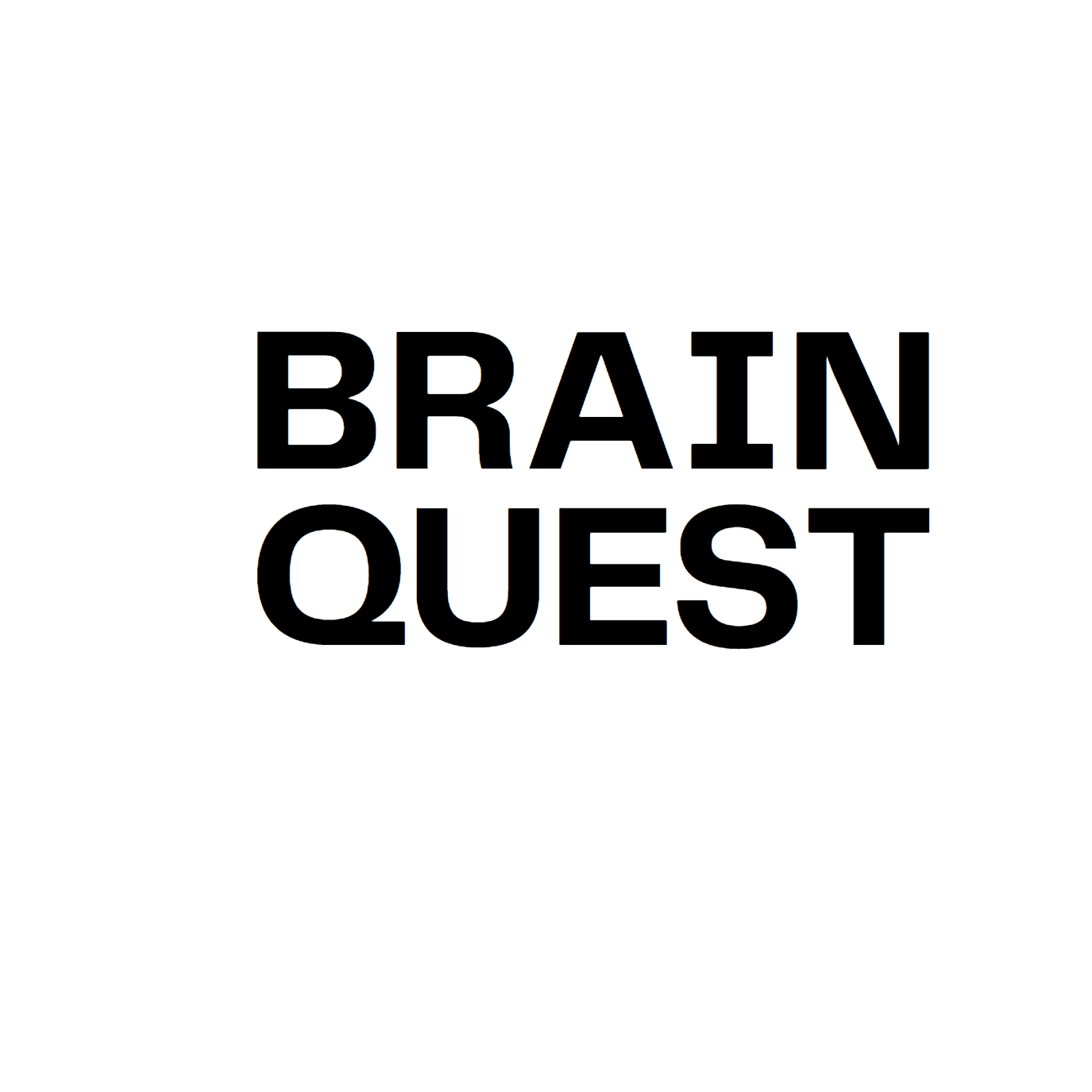How Can Healing Therapy Help You Find Balance and Wellness in Your Life?
- Ashwani Agarwal

- Jan 24
- 4 min read
Updated: Mar 6
In our hectic world, where the demands of daily life often overshadow our well-being, healing therapy offers a crucial opportunity for restoration. With rising stress levels and anxiety affecting 70% of adults in the U.S., finding effective ways to nurture emotional, mental, and physical wellness is more important than ever. Healing therapy can guide you on a transformative path to discover balance and improve your overall quality of life.

Healing therapy is a sanctuary, allowing individuals a chance to reconnect with their authentic selves, process emotions, and foster resilience. Let’s explore some common modalities and their powerful benefits.
Understanding Healing Therapy
Healing therapy covers a wide array of practices tailored to nurture the whole person. This might include approaches such as counseling, massage therapy, energy work, or other alternative treatments. The goal is to promote emotional balance and physical well-being.
Many people seeking healing therapy do so to manage the daily stresses of life. In fact, according to the World Health Organization, one out of every five adults experience mental health issues. Understanding and addressing these challenges through healing therapy can lead to profound improvements in quality of life.
The Benefits of Healing Therapy
Emotional Support
One of the most significant advantages of healing therapy is the emotional support it provides. When individuals engage in therapy, they have a safe space to express their feelings without fear of judgment. A supportive environment nurtures healing by facilitating a connection with emotions, which leads to understanding and acceptance.
For example, studies show that individuals undergoing counseling report a 70% reduction in feelings of isolation and despair. Additionally, therapy can help individuals identify and break unhealthy emotional patterns, promoting healthier coping strategies.
Stress Reduction
Healing therapies play a vital role in decreasing stress and anxiety levels. Techniques such as mindfulness meditation, yoga, and tai chi are instrumental in promoting relaxation. Research shows that practicing mindfulness can reduce cortisol levels—the hormone primarily responsible for stress—by up to 30%. By centering themselves, individuals are better equipped to manage stressors in their lives.
Incorporating stress-relieving practices into daily routines can lead to improved mental clarity and an enhanced sense of well-being. For example, just 10 minutes of daily meditation has been shown to significantly lower anxiety scores.
Mind-Body Connection
Healing therapy strengthens the relationship between the mind and body, advocating for a holistic approach to wellness. Practices like acupuncture and reflexology illustrate how mental and physical health are interconnected. Engaging in these therapies can lead to better awareness of one’s body, helping individuals recognize signs of stress or discomfort before they escalate.
Research indicates that individuals who participate in mind-body practices experience fewer physical symptoms of stress, resulting in 40% fewer visits to healthcare providers for stress-related issues.
Improved Relationships
Through healing therapy, individuals often enhance their emotional intelligence. This heightened awareness positively impacts personal relationships. As communication, empathy, and understanding improve, interactions with family, friends, and colleagues become more fulfilling.
For instance, people who participate in therapy frequently report a 50% improvement in their relationship satisfaction after therapy sessions. Learning to navigate conflicts and communicate needs effectively can lead to lasting positive changes in how we connect with others.
Different Types of Healing Therapy
Counseling and Psychotherapy
Professional counseling provides individuals with valuable tools to manage emotional and psychological challenges. Therapeutic approaches like cognitive-behavioral therapy and talk therapy can be customized to meet personal needs. With these tools, individuals can gain a clearer understanding of their thoughts, emotions, and behaviors, which fosters personal growth and healing.
Energy Healing
Energy healing practices—including Reiki, Qigong, and chakra balancing—invite individuals to explore their body's energy and potential for healing. Practitioners work to restore energy balance, promoting relaxation, emotional release, and physical relief. Research has found that energy work can reduce chronic pain symptoms by up to 60%, highlighting its effectiveness.
Meditation and Mindfulness
Meditation and mindfulness practices are essential for cultivating awareness and fostering mental clarity. Techniques like deep breathing and guided meditation create mental space and encourage tranquility. A consistent meditation practice can lead to decreased anxiety levels and improved stress management.
Bodywork Therapies
Massage therapy, acupuncture, and similar bodywork techniques focus on relieving physical tension while enhancing emotional well-being. These therapies help release physical and emotional blockages, rejuvenating the mind and spirit. For example, those who receive regular massage report a 50% reduction in muscular tension, which correlates with less anxiety and stress.
How to Choose the Right Healing Therapy for You
Selecting the appropriate healing therapy is a personal journey that should consider your specific needs and preferences. Here are steps to help you navigate this process:
Assess Your Needs: Reflect on what you want to achieve through therapy. Are you seeking emotional support, stress relief, or physical healing?
Explore Options: Research various healing modalities to understand their principles and methods. This knowledge will help you find one that aligns with your goals.
Consultation: Schedule consultations with potential therapists or practitioners to gauge comfort and support.
Trust Your Instincts: Ultimately, choose someone you feel connected with. Your instincts can greatly influence your healing experience.
Integrating Healing Therapy into Daily Life
Incorporating healing therapy into your daily life fosters a balanced approach to wellness. It’s beneficial to establish a routine that includes therapeutic practices, allowing you to experience their benefits regularly.
Additionally, connecting with others through group therapy or community resources enhances the healing journey. Sharing insights can create a sense of belonging and collective growth, enriching individual experiences.
A Journey Toward Balance and Wellness
Healing therapy can lead to a profound transformation, enabling individuals to find balance and wellness in daily life. With various modalities available, there is something for everyone to explore.
Investing time and energy into your healing journey often unveils newfound strengths and resilience. By embracing practices that nurture both emotional and physical health, anyone can embark on a path to a more harmonious existence.
In a world full of challenges, healing therapy shines as a source of hope and guidance, leading us toward overall wellness.




Comments